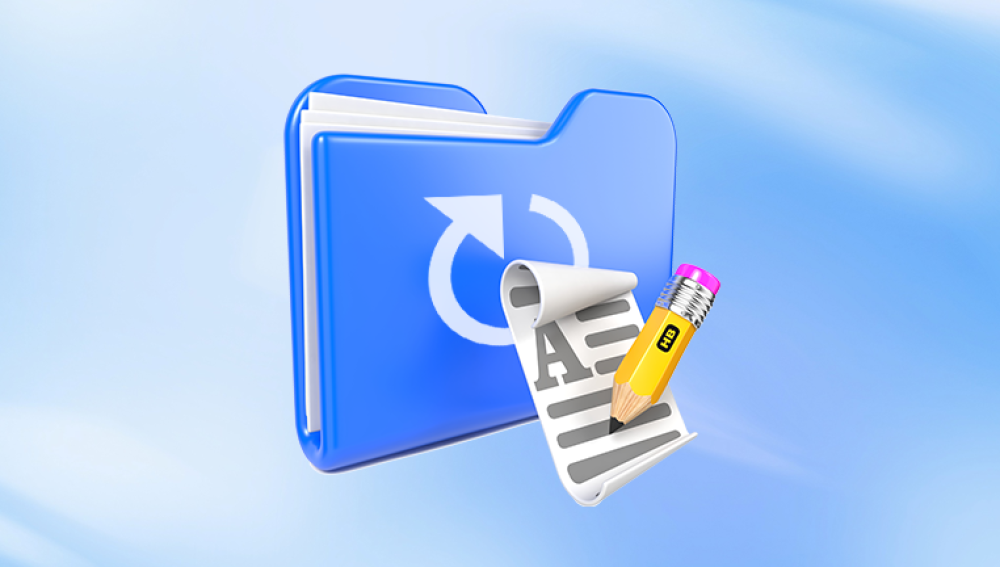Microsoft Outlook is a powerful communication platform used by millions for both personal and professional correspondence. While it’s generally reliable, email data loss can still occur due to accidental deletions, corrupt PST/OST files, or system crashes. Thankfully, Outlook mail recovery tools can often restore lost or deleted emails efficiently.
Email Loss in Outlook
Before diving into recovery tools, it’s important to understand how emails can get lost in Outlook. These scenarios help determine the best recovery method.
Common Causes of Email Loss:
Accidental Deletion: Users may unintentionally delete important emails.
Corrupt PST/OST Files: PST (Personal Storage Table) or OST (Offline Storage Table) files can become corrupted due to software bugs, large file sizes, or improper shutdowns.

Outlook Crashes or System Failures: Abrupt system shutdowns or crashes can lead to data loss or file corruption.
Virus or Malware Attacks: Malicious programs can damage or delete email data.
Sync Issues: In Exchange or IMAP accounts, syncing problems can lead to missing emails or folders.
Improper Rules or Filters: Incorrect rules may automatically move or delete incoming emails.
Archiving or Auto-Archiving: Emails may be moved to archive folders, causing confusion about their location.
Initial Steps Before Using Recovery Tools
If you've lost emails, try the following basic recovery steps in Outlook before resorting to third-party software.
1. Check Deleted Items and Trash Folder
Go to the Deleted Items or Trash folder in Outlook.
Right-click the desired message and choose Move > Inbox or another folder.
2. Use the "Recover Deleted Items" Option
Available for Microsoft Exchange and Office 365 accounts.
Go to the Folder tab, and select Recover Deleted Items.
Select the items you want to restore and click Recover Selected Items.
3. Search for Archived Emails
Check the Archive folder or use the Search bar.
Search using relevant keywords, dates, or senders to locate misplaced messages.
4. Disable Filters
Go to View > View Settings > Filter to see if any filters are hiding emails.
Types of Outlook Data Files: PST vs. OST
Understanding the difference between PST and OST files is crucial when choosing the right recovery approach.
PST (Personal Storage Table): Used by POP3 accounts and for archived emails.
OST (Offline Storage Table): Used by Exchange, IMAP, and Office 365 accounts for offline access.
Note: OST files can be recreated by syncing with the server, but PST files require recovery if corrupted.
Built-In Microsoft Tools for Outlook Recovery
1. Inbox Repair Tool (ScanPST.exe)
Microsoft offers a built-in repair utility known as ScanPST.exe to fix minor corruptions in PST and OST files.
How to Use ScanPST.exe:
Locate the tool:
Typically found in:
C:\Program Files (x86)\Microsoft Office\root\OfficeXX\SCANPST.EXE
Run the tool and select the corrupted PST/OST file.
Click Start to scan for errors.
Click Repair if issues are found.
Limitations:
Can’t recover deleted emails.
Works only on minor corruptions.
Doesn't support large file sizes efficiently (e.g., over 2GB).
Top Third-Party Outlook Mail Recovery Tools
If built-in tools fail or data loss is severe, third-party recovery software can provide more powerful solutions.
1. Drecov Data Recovery
Drecov Data Recovery is a user-friendly and efficient solution designed to help users recover lost or deleted Outlook emails with ease. Whether you've accidentally deleted important messages, experienced PST or OST file corruption, or suffered a system crash, Drecov Data Recovery offers powerful tools to retrieve your data quickly and securely.
One of the standout features of Drecov Data Recovery is its intuitive interface. Even non-technical users can navigate the software with ease, thanks to its step-by-step recovery process and helpful prompts. The software is compatible with all major versions of Microsoft Outlook and supports export to multiple formats including PST, EML, and MSG.
2. Kernel for Outlook PST Repair
Overview:
Another reputable tool for recovering emails from damaged or corrupted PST files.
Key Features:
Recovers deleted emails and mailboxes.
Maintains data integrity and original structure.
Supports recovery from encrypted PST files.
Compatible with all Outlook versions.
Pros:
Easy to use.
Allows splitting of large PST files.
Exports to Office 365. Exchange Server, or Gmail.
Cons:
Preview pane can be slow with large files.
3. SysTools Outlook Recovery
Overview:
A professional tool designed for comprehensive Outlook data recovery.
Key Features:
Recovers deleted emails, attachments, and calendar entries.
Supports batch PST recovery.
Handles highly corrupted PST files.
Exports data into different formats including PST, EML, MSG.
Pros:
Advanced scan modes.
Good for large-scale recoveries.
Cons:
Higher price point for corporate editions.
4. DataNumen Outlook Repair
Overview:
Popular among IT professionals for repairing deeply damaged PST files.
Key Features:
Deep scanning engine.
Supports recovery from password-protected files.
Can recover embedded objects and deleted emails.
Pros:
Excellent accuracy in recovery.
Free version for small PST files.
Cons:
Dated user interface.
5. Remo Repair Outlook (PST)
Overview:
Focused on repairing PST files and recovering mailbox data.
Key Features:
Extracts all Outlook attributes like emails, calendars, and notes.
Compatible with Microsoft Outlook 2019 and earlier.
Offers a read-only repair mechanism.
Pros:
Non-destructive process.
Compatible with multiple file formats.
Cons:
Limited file format support in free version.
How to Choose the Right Recovery Tool
With multiple options available, it’s important to assess your specific needs.
Considerations:
Level of Corruption: For minor errors, built-in tools may suffice. Severe corruption requires advanced software.
File Size: Not all tools support large PST files effectively.
Data Types: Some tools recover emails only, while others retrieve contacts, attachments, and calendar items.
Output Options: If you want to import data into a different platform, check for export compatibility.
Cost: Look for trial versions before purchasing.
Step-by-Step: Recover Outlook Emails Using Stellar Repair for Outlook
Here’s how you can use Stellar Repair to recover Outlook emails:
Install and Launch Stellar Repair for Outlook.
Click Browse or Find to locate the PST file.
Click Repair and let the tool scan the file.
Preview the recovered mailbox items.
Select the folders and items you want to recover.
Choose the output format (PST, EML, MSG, etc.).
Click Save Repaired File and choose the destination.
Tips to Prevent Future Email Loss
Recovery tools are powerful, but prevention is always better than cure. Follow these tips to avoid future email loss.
1. Regular Backups
Use Outlook’s Export feature to back up PST files:
File > Open & Export > Import/Export > Export to a File > Outlook Data File (.pst)
2. Avoid Oversized PST Files
PST files over 50GB (default limit in recent versions) are prone to corruption.
Archive old emails regularly.
3. Keep Outlook Updated
Updates include performance enhancements and bug fixes that prevent data loss.
4. Use Reliable Antivirus Software
Prevent malware or ransomware attacks on Outlook files.
5. Enable Auto-Archiving
Auto-archive helps manage mailbox size and reduces corruption risk.
6. Maintain Folder Hygiene
Avoid creating too many subfolders or rules that auto-delete emails without clear visibility.




